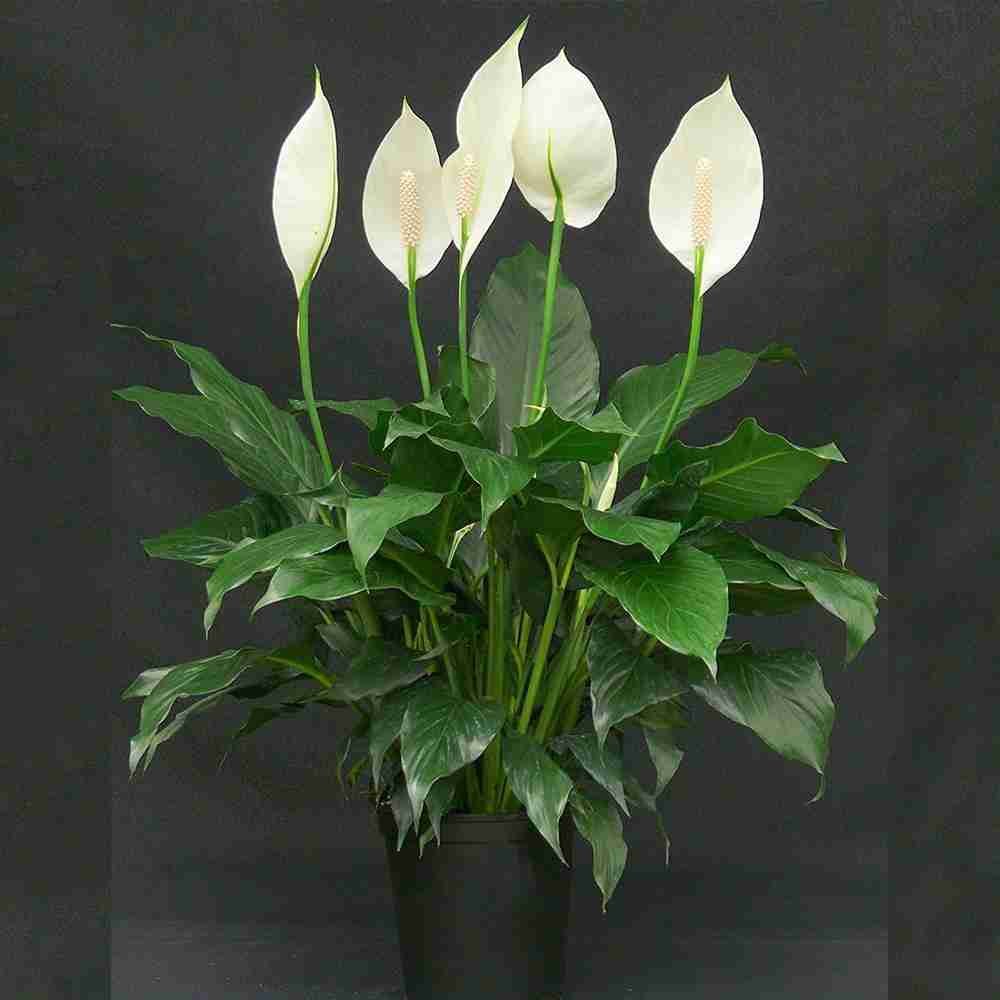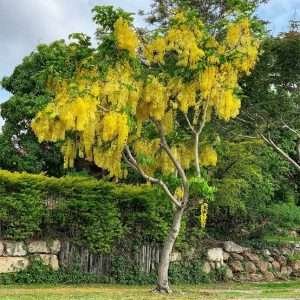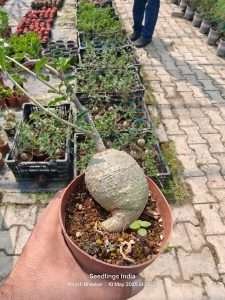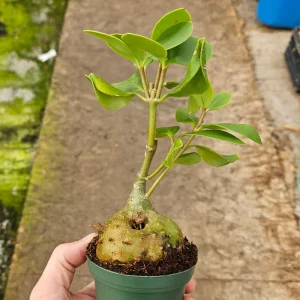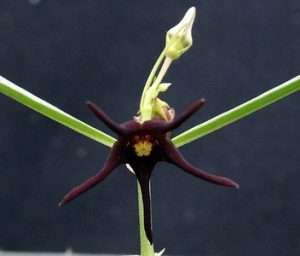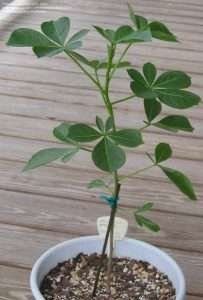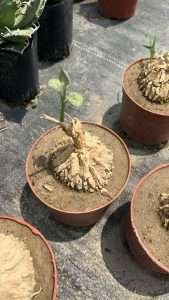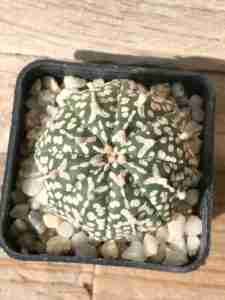
Shop by Category
Top Selling Products
₹1,599.00
₹1,499.00
New Arrivals
₹1,499.00
₹850.00
Trending Products
₹1,699.00
Our Testimonials
EXCELLENTTrustindex verifies that the original source of the review is Google. Amazing plantsTrustindex verifies that the original source of the review is Google. Good collection of Rare Exotic beautiful and healthy plants. Above all owner is very helpful. He was generous enough to provide some cactus potting mix and fertilizer without additional charges. Overall experience was great and planning to visit again.Trustindex verifies that the original source of the review is Google. Great healthy collection, quick responses, timely deliveries.Trustindex verifies that the original source of the review is Google. Good plantsTrustindex verifies that the original source of the review is Google. Amazing plant collectionTrustindex verifies that the original source of the review is Google. GoodTrustindex verifies that the original source of the review is Google. Amazing prompt service to go with Top class ProductsTrustindex verifies that the original source of the review is Google. Beautiful aesthetic pot for my common asparagus fern.. I liked the design and the outlook.Trustindex verifies that the original source of the review is Google. A very good purchasing experience with seedlings India.Trustindex verifies that the original source of the review is Google.

